Why does formula get foamy?
40 hours of research 4 minute read
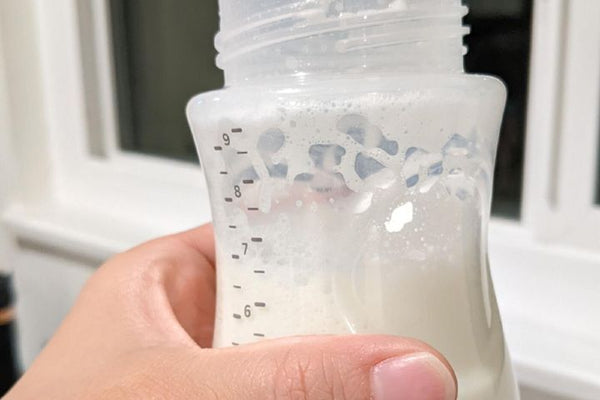
Preparing baby formula seems like a straightforward task – mix powder with water, shake the bottle, and you're good to go. But have you ever wondered why the formula sometimes gets foamy? It's a common occurrence, and in this blog, we'll break down the science behind it in simple terms. Understanding these basics helps you control the foam, making the whole formula routine smoother for you and your baby. Let's find out why your baby's formula turns frothy and what it means for our little ones during feeding time.
Why is Formula Foamy?
When you have baby formula in powder form, the first step is to mix it with water to prepare your baby's bottle. It's a common practice to shake the bottle thoroughly to ensure the powder and water blend properly. However, this shaking process can unintentionally trap air in the liquid, leading to the formation of foam.
What Creates the Foam in Formula?

The foam in formula is a result of the interaction between air and the ingredients in the formula, including proteins and emulsifiers. Shaking or whisking the formula induces air, forming small bubbles that become foam. Emulsifiers help keep the foam stable, so it doesn't disappear too quickly.
Again, the shaking process disrupts the liquid, infusing it with air and causing it to foam. The amount of foam depends on the formula type, mixing method, and water temperature. Colder water and vigorous shaking tend to produce more foam.
Is Formula Supposed to be Foamy?
It is common for baby formula to exhibit some foam when mixed with water and shaken. However, the appearance of too much foam may be a signal that the mixing process needs a bit of adjustment. To address this, consider shaking the formula gently, avoiding vigorous movements that introduce excess air. After shaking, allowing the formula to settle for a minute or two can be beneficial. This settling time allows any lingering bubbles to rise to the surface and disperse, reducing the overall foam content. It's also crucial to carefully follow the directions on the formula package. Should persistent excessive foaming occur, seeking guidance from your pediatrician is recommended.
How Can Foamy Formula Affect My Baby?
Foamy formula poses no harm to a baby and is safe for consumption. Yet, when the formula is excessively frothy, a baby may face difficulty swallowing, potentially leading to inadequate nutrition and increased hunger shortly after feeding. Moreover, excessive air intake during formula consumption might cause gastrointestinal distress, induce gas, or even excessive spitting up. If the baby appears fussy or encounters difficulties during feeding, consulting with a pediatrician for further guidance is advisable.
After your baby has finished feeding, it's important to take a moment to burp them. This simple practice helps release any trapped air in their tummy, which, if left unaddressed, can lead to discomfort and gas. Burping is a gentle way to ensure your baby feels more comfortable and lessens the likelihood of any post-feeding fussiness.
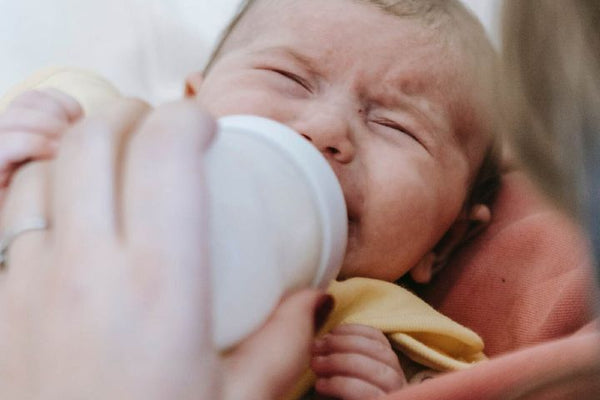
How to Reduce the Foam in Baby Formula?
Consider the following tips to reduce foam when preparing baby formula:
Mix Gently:
Gently mix the formula powder with water to avoid creating excessive foam. Instead of aggressive shaking or stirring, try swirling the bottle or gently rolling it between your palms.
Use Warm Water:
Opt for warm, not hot, water to prepare the formula. Warm water helps in even powder dissolution and reduces the likelihood of excessive foam compared to using cold water.
Let it Settle:
Allow the prepared formula to sit for a few minutes to let any remaining bubbles or foam settle, minimizing the amount ingested by your baby.
Use Anti-Foaming Bottles:
Consider using baby bottles designed with anti-colic or anti-foaming features to reduce foam during feeding, minimizing gas and discomfort for your baby.
Do a DIfferent Mixing Technique:
Experiment with gently swirling the formula in a circular motion rather than vigorous shaking to help reduce foam.
Check Water Quality:
When preparing feed, make sure the water you use is clean and free of any contaminants. It could reduce the likelihood of having too much foam if you use filtered or bottled water.
Choose the Right Baby Formula:
Make sure you're using the formula prescribed by your physician or other healthcare professional for the specific requirements of your baby. Certain formulas might not foam as easily and as much as others.
Use Pre-Mixed Liquid Formula or Ready-to-Feed:
If foam remains an issue, consider using a pre-mixed liquid formula or a ready-to-feed formula instead of a powdered formula, as it is less prone to foaming since it doesn't require mixing.
Experiment with Different Formula Brands:
If foaming problems persist, try different formula brands to find one that works best for your baby's digestion.

Can You Remove the Foam in Formula?
Yes, you can scoop out the bubbles in the formula if you want, but it's not necessary because they will naturally settle over time. If you decide to get rid of the bubbles, just use a spoon or the back of a clean knife to gently scoop off the extra bubbles from the top of the bottle. Just be careful not to take away too much formula because you want to keep a good balance for your baby's nutrition. Also, remember that it's normal for a formula to have bubbles after you shake or stir it, and it won't harm your baby if she consumes the bubbles.
Is There a Non-Foamy Formula?
The majority of formula brands tend to produce some foam when mixed with water and shaken. However, certain formula types are intentionally formulated to be less foamy than others. For instance, there are powdered formulas labeled as "lactose-free" or "gentle," designed to minimize gas and bloating, and consequently, they may be less prone to frothing. If you are concerned about the level of foam in your baby's formula, experimenting with a different brand or type might yield a noticeable difference. Selecting a high-quality formula will result in reduced foaming during preparation.
It's essential, as always, to carefully adhere to the instructions on the formula packaging to ensure proper mixing and provide the correct nutrition for your baby.
High-Quality Specialized Baby Formulas
Now, let's introduce three gentle formula options that not only address specific infant needs but also offer a smoother feeding experience with reduced foam, ensuring both comfort and convenience during feeding time.
✓ Contains Probiotics & Prebiotics
✓ Reduced Lactose with Hydrolyzed Milk Protein
✓ Easy-to-digest formula for sensitive babies
Check PricePopular With Parents Because: HiPP Comfort Formula is formulated to ease digestive discomfort in infants. Its unique blend of ingredients, including partially hydrolyzed proteins and reduced lactose content, helps reduce gas and fussiness without excessive foam formation.
✓ Contains Probiotics & Prebiotics
✓ Hydrolyzed Milk Proteins to Reduce Allergic Reactions
✓ Popular for Constipated Babies
Check PricePopular With Parents Because: HiPP HA formula stands out for its advanced hydrolyzed formulation, making it ideal for infants with sensitivity to certain milk proteins. Its hydrolyzed protein structure also reduces the likelihood of foaming during preparation, ensuring a smoother consistency for feeding.
✓ Has No Added Lactose
✓ Hydrolyzed Milk Proteins Reduce Allergic Reactions
✓ Popular for the dietary management of cow’s milk protein allergy (CMPA)
Check PricePopular With Parents Because: Aptamil Pepti is a specialized hydrolyzed formula designed to meet the specific needs of infants with cow's milk protein allergy (CMPA). Its extensively hydrolyzed protein structure minimizes foam formation during preparation, offering a gentle and non-foamy feeding option for babies with sensitive tummies.
How Can I Tell if a Formula Has Gone Bad?
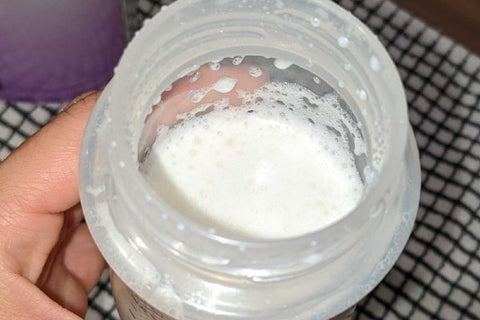
It's important to look for signs of spoilage before giving feed to your baby. If the formula looks off-color, smells strange, or has any visible bits in it, it's best to throw it away. These signs could mean the formula has gone bad and using it might not be safe for your baby. Always be cautious and get rid of any formula that doesn't seem right to make sure your baby stays healthy.
Foamy Formula
To sum it up, a little foam in your baby's formula is normal and nothing to worry about. It happens because of air mixing with proteins and other ingredients in the formula. When you shake the bottle, it can make more bubbles, but that's okay.
If you want to reduce the foam, try mixing the formula gently, using warm water, or letting it sit for a bit. There are also special bottles that can help. And don't forget to pick the right formula for your baby.
Even though some foam is fine, if your baby has trouble feeding or seems upset, it's a good idea to talk to your doctor. And after feeding, if you see any weird changes in the formula, like a different color or strange smell, it's better to toss it out.
In the end, dealing with a bit of foam is just part of taking care of your little one. With a few simple tricks and by keeping an eye on things, you'll make feeding time a breeze. Here's to happy and healthy feedings!
3 Most Popular Low-Foam Formulas
Organic Life Start is committed to providing accurate, reliable, and trustworthy information to parents and caregivers. We carefully choose credible sources and follow a meticulous fact-checking process to uphold the highest standards in infant nutrition and parenting advice. To learn more about our dedication to accuracy, please explore our editorial guidelines.
Link To Sources


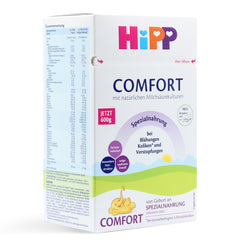
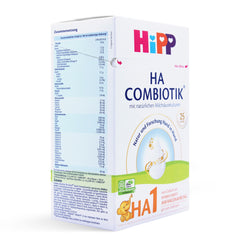
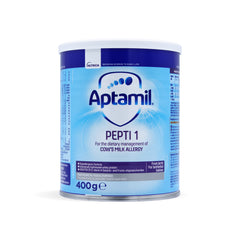
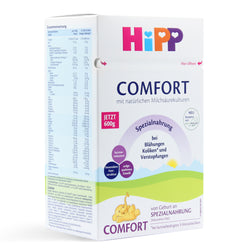
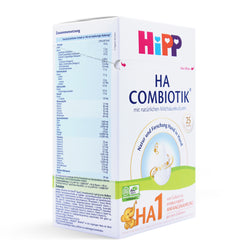
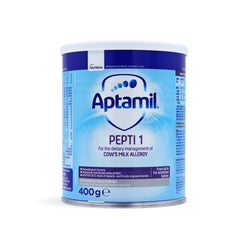
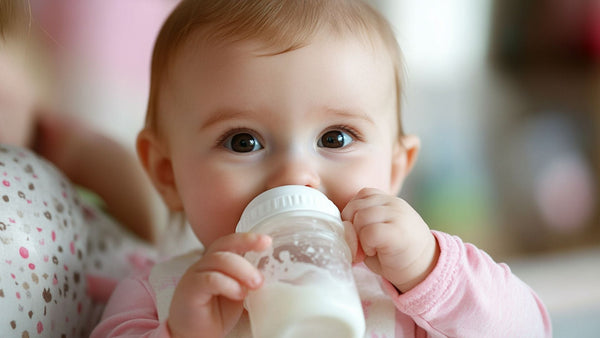


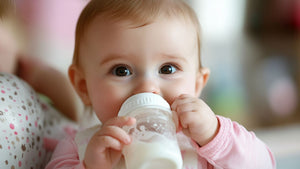


Simone Barksdale -
Could you go into more detail about how different mixing techniques (like swirling vs shaking) affect the amount of foam that forms in formula and whether that has any impact on nutrient distribution or digestion?
Jocelyn Wyman -
January 03, 2026
Are foamy bottles really safe? My baby easily gets gassy.
Riggs Chavis -
December 07, 2025
Great breakdown! I’d love to hear more about the specific differences in ingredients between organic and conventional formulas that could affect foaming, like different emulsifiers.